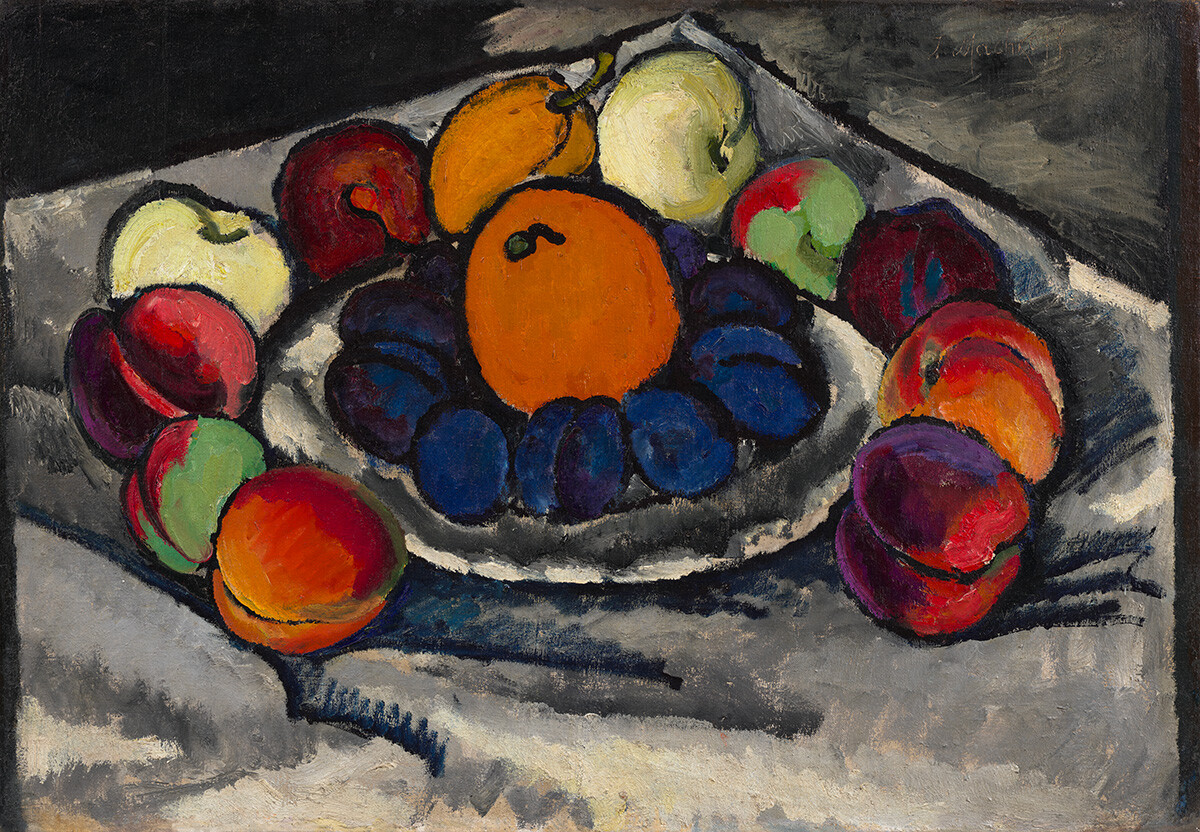
Ilya Mashkov has been compared to Matisse. He was a member of the Jack of Diamonds, an association of artists who pioneered a new style of visual language and painting. What they felt to be most important was not a realistic interpretation of the image and an accurate rendering of light and shade, but rather, the invention of extremely novel and radical methods of representation. This painting by Mashkov was exhibited in Paris at the 1910 Autumn Salon.
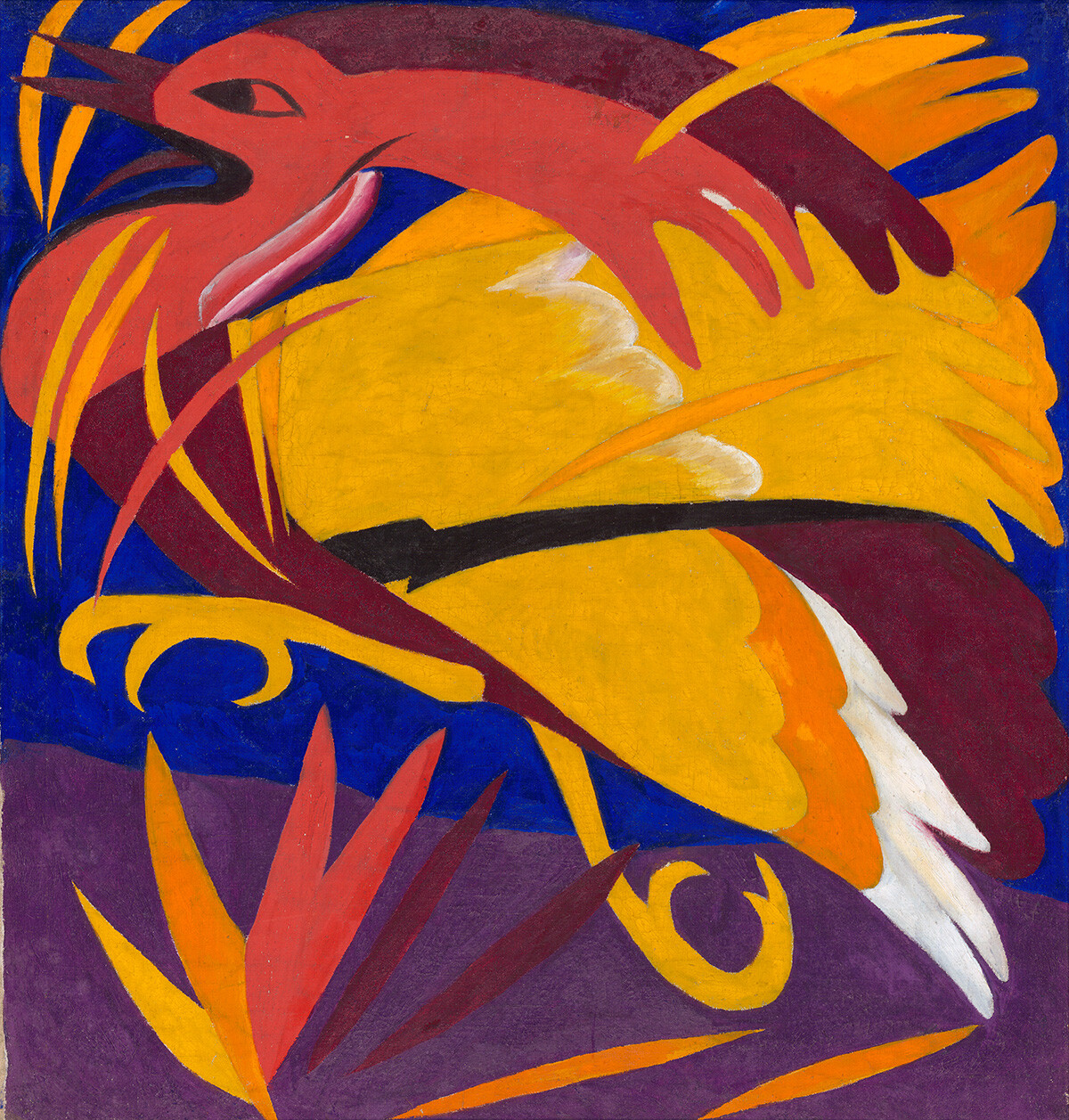
The ‘Amazon of Avant-garde’, Goncharova started her fine art path by working in the style of Impressionism. Later, she became interested in Cubism and Primitivism, often using fairy tale characters and folk motifs in her work. She also combined lubok and religious painting, for which her paintings were repeatedly censored and removed from exhibitions.

This artist is best known for the Tatlin Tower, a project for the Monument to the Third International (1919-1920). He was the founder of Soviet Constructivism, and before the 1917 Revolution he was a leading member of the Russian Avant-garde. His style of painting was often compared to Picasso.
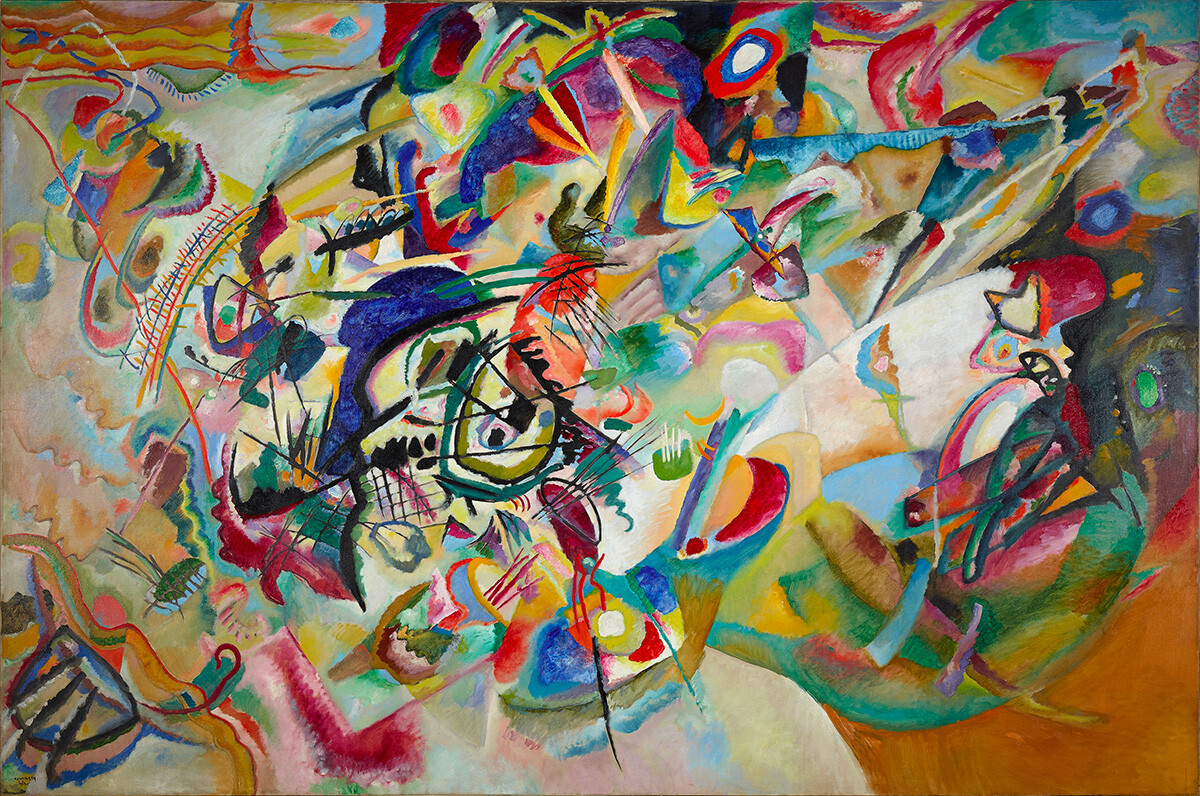
The whole point of Kandinsky's art is emphasis on non-objectivity, and on the expressiveness of lines and color spots. He believed that abstract art can express what is inaccessible to traditional techniques. This particular painting is considered to be a fine example of the time when the artist achieved a stage of creative maturity.
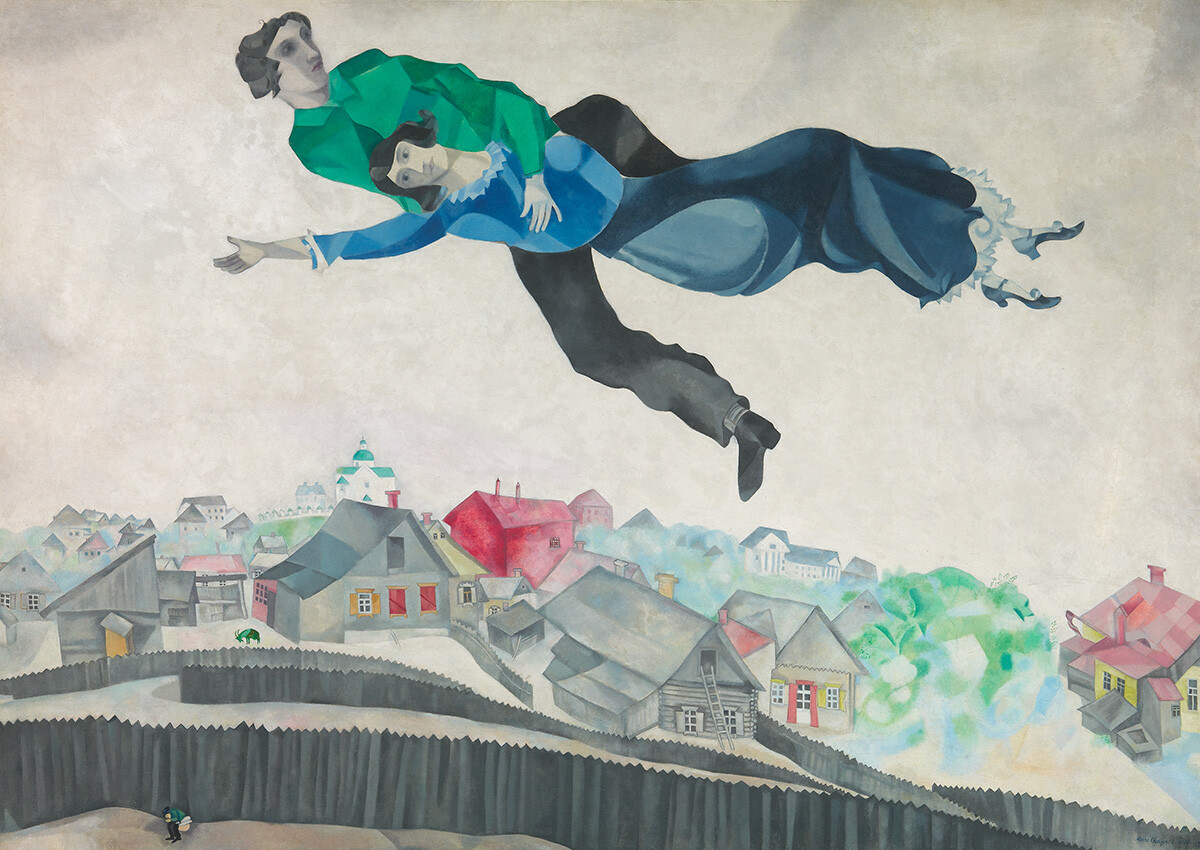
Chagall had his own unique creative style that made references to Art Nouveau. In his paintings he created a unique world woven with patches of personal passions and memories. In one of his most famous paintings, he depicted himself and his wife Bella flying over their hometown of Vitebsk (modern Belarus).
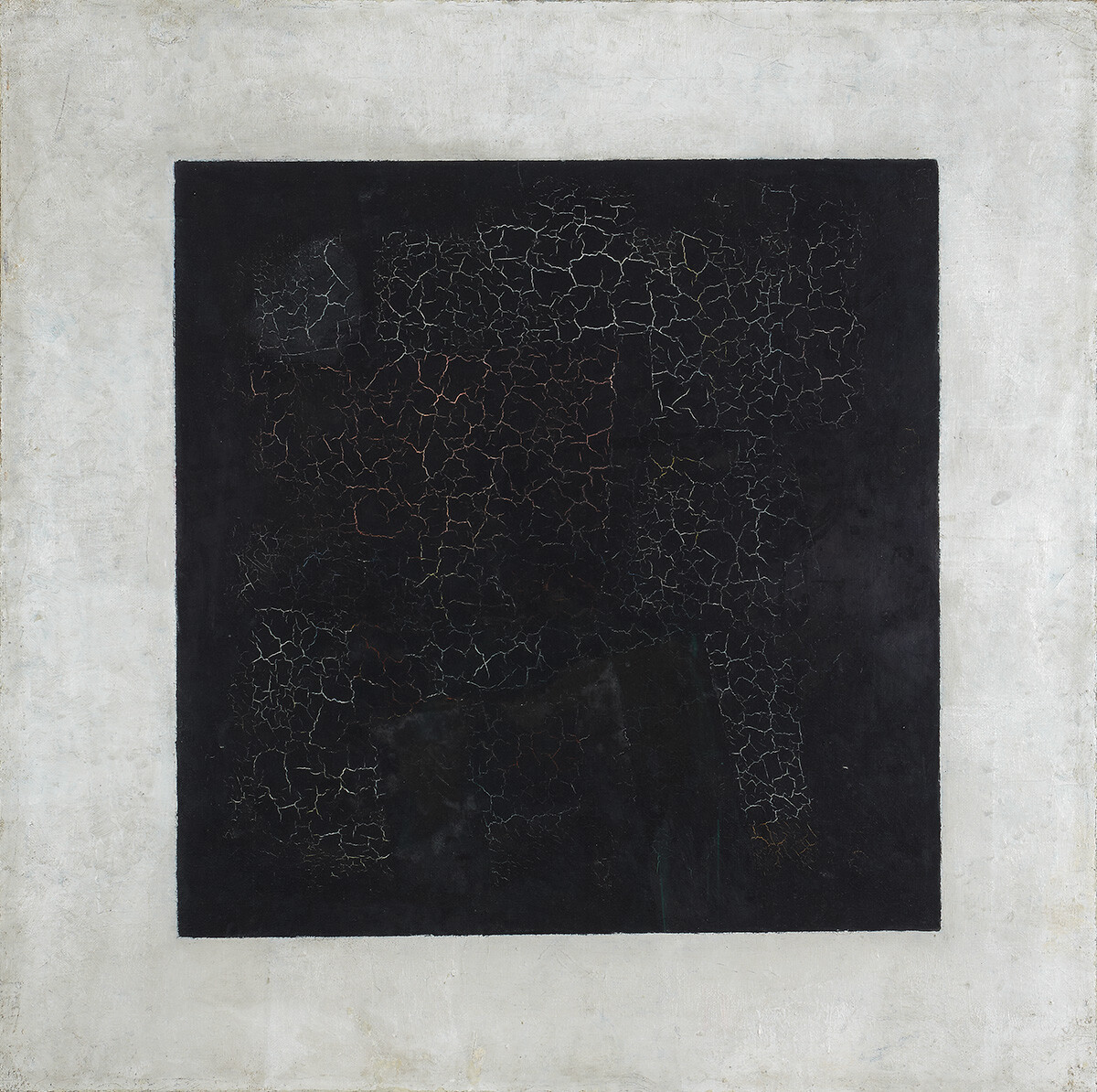
One of the most famous Russian paintings is a genuine manifesto of the Avant-garde. Malevich defined his style as Suprematism, which is essentially Cubism taken to the highest stage of rejection of objectivity. At the first exhibition where the painting appeared, it was hung like an icon - in a ‘red’ corner, which for Malevich was a triumph of modern art. During the process of painting the artist used many colors, which when mixed together, oddly enough resulted in black.
Read more about Malevich’s “Black Square” here.

Lentulov used a unique method of painting; parts of his artwork seem to disperse and reassemble a puzzle of many small parts. He departs from the flatness and perspective, freely crosses the different parts of the architectural image. Lentulov creates a sense of fairy tale in his paintings, while at the same time there is a dynamic, as if resonating from the swinging of the bell.
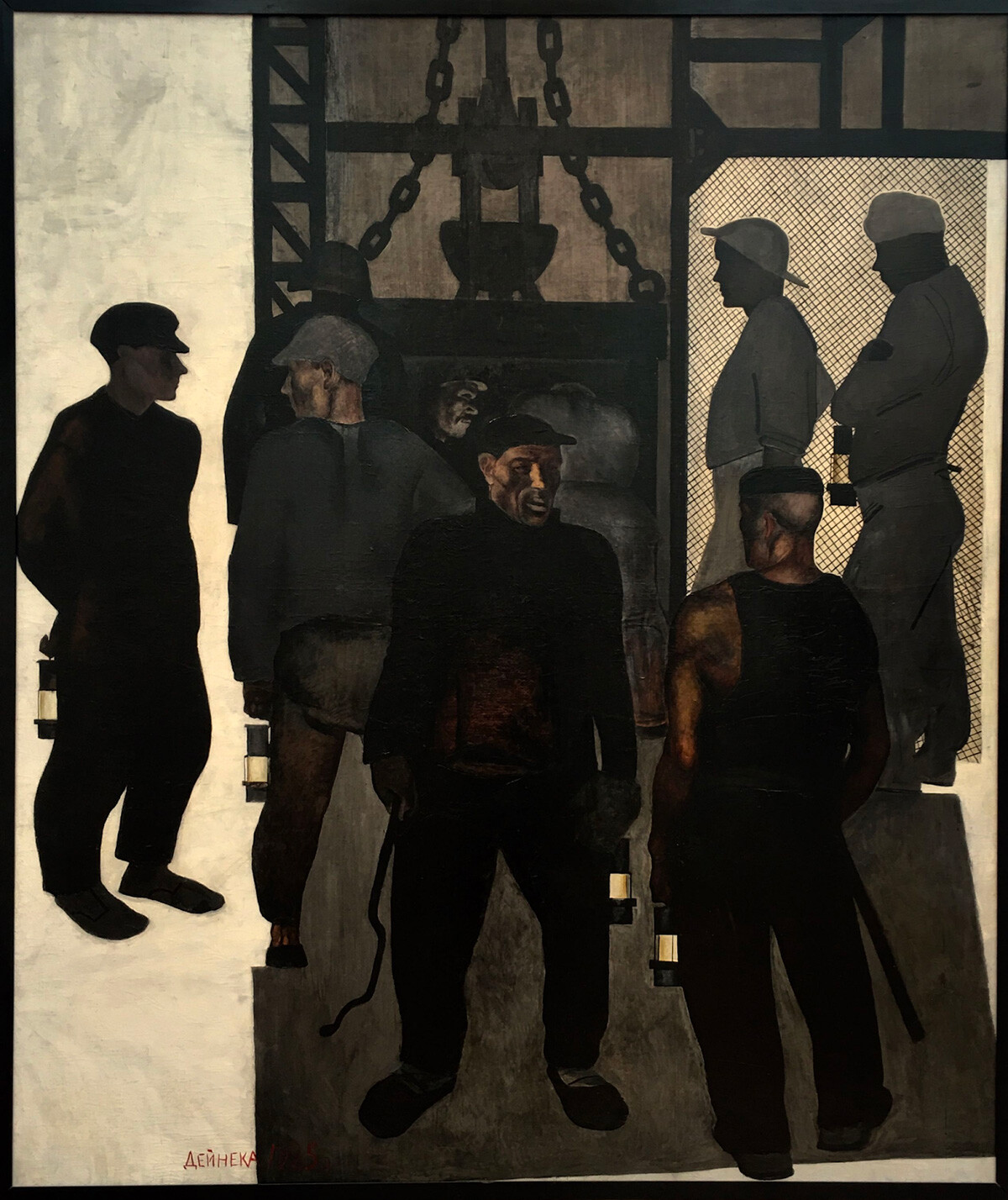
Deineka is an artist praising workers, soldiers, and the new Soviet view of the world and man. This painting is an attempt to formulate a typical proletarian image. He uses a graphic manner in painting, and the charcoal color emphasizes the subject matter.
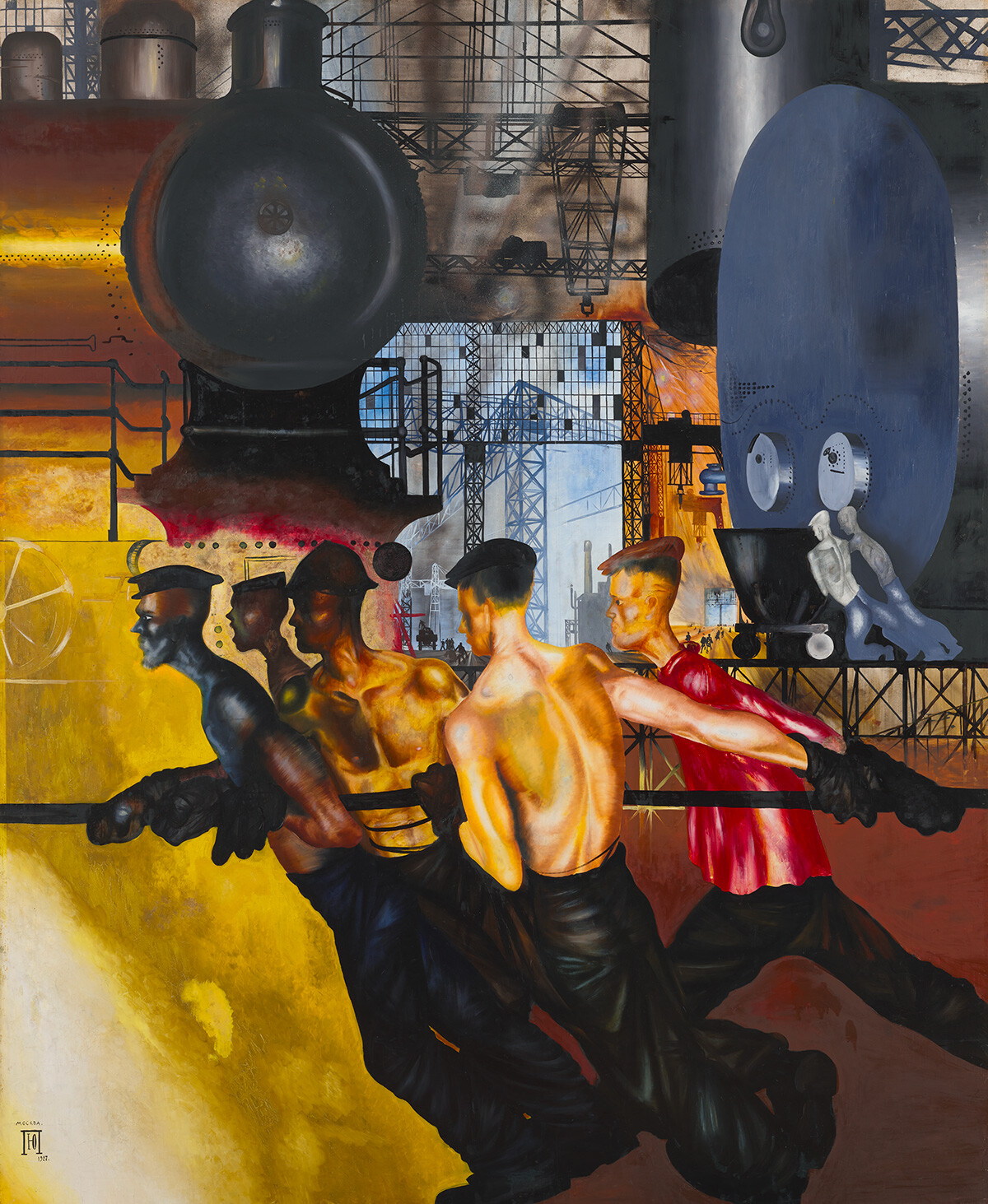
Another painting that’s a sort of anthem to Soviet proletarians was created by Yuri Pimenov. He combined several angles of view: muscular workers pulling a rope in the foreground, and pushing a wagon in the distance. And all this against the background of the plant's massive metal structures. This work was influenced by German expressionists. Later Pimenov would be an iconic Socialist Realism artist, which meant that the paintings had to be understandable and accessible to everyone.
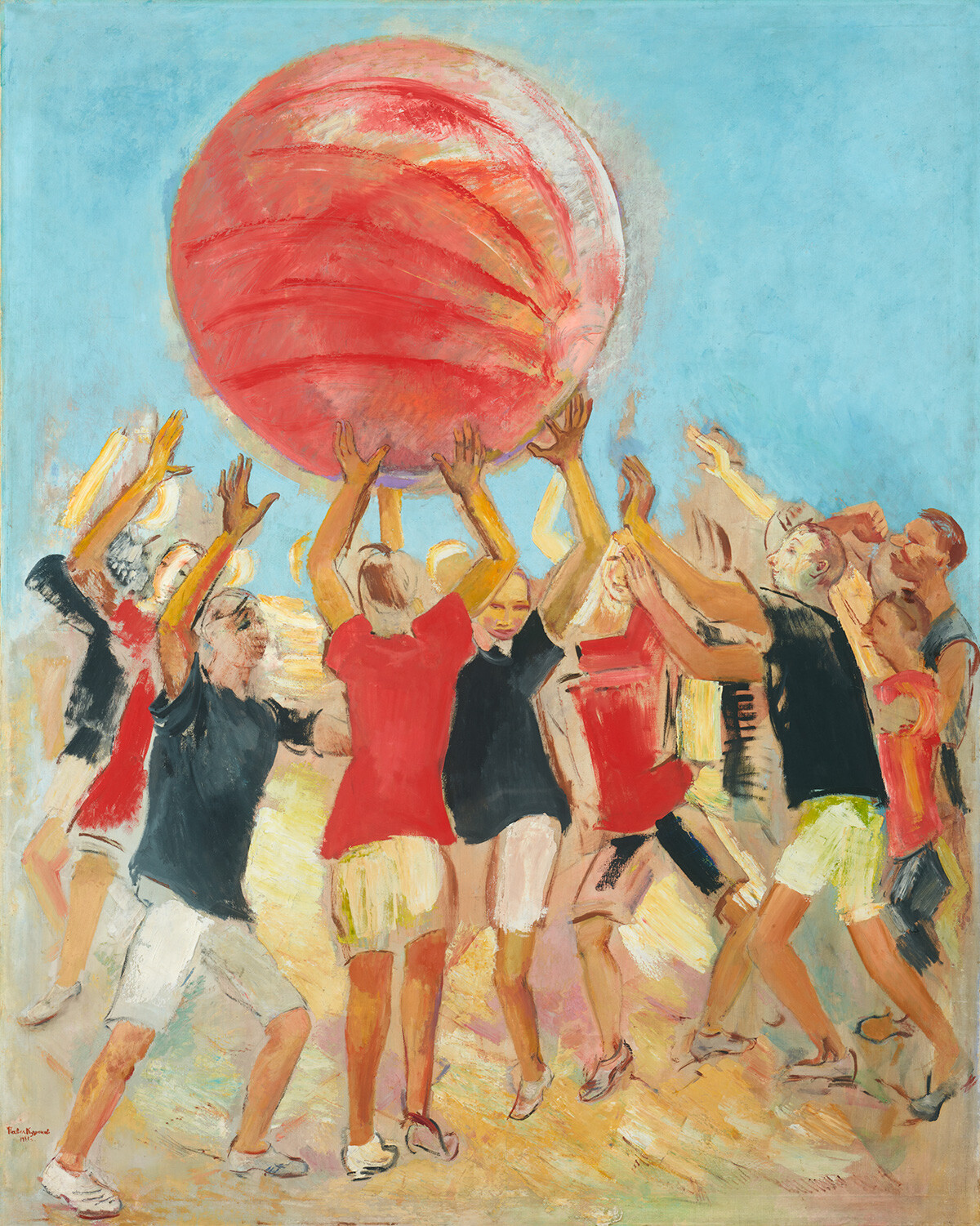
Kuznetsov began his career painting in the Art Nouveau style – pastel still lifes, bright oriental scenes and religious painting. But as the Soviet era took hold he also began to turn to subjects that were in demand - labor, industry, and agriculture. Or, as in this case, sports, which were actively promoted in the USSR.
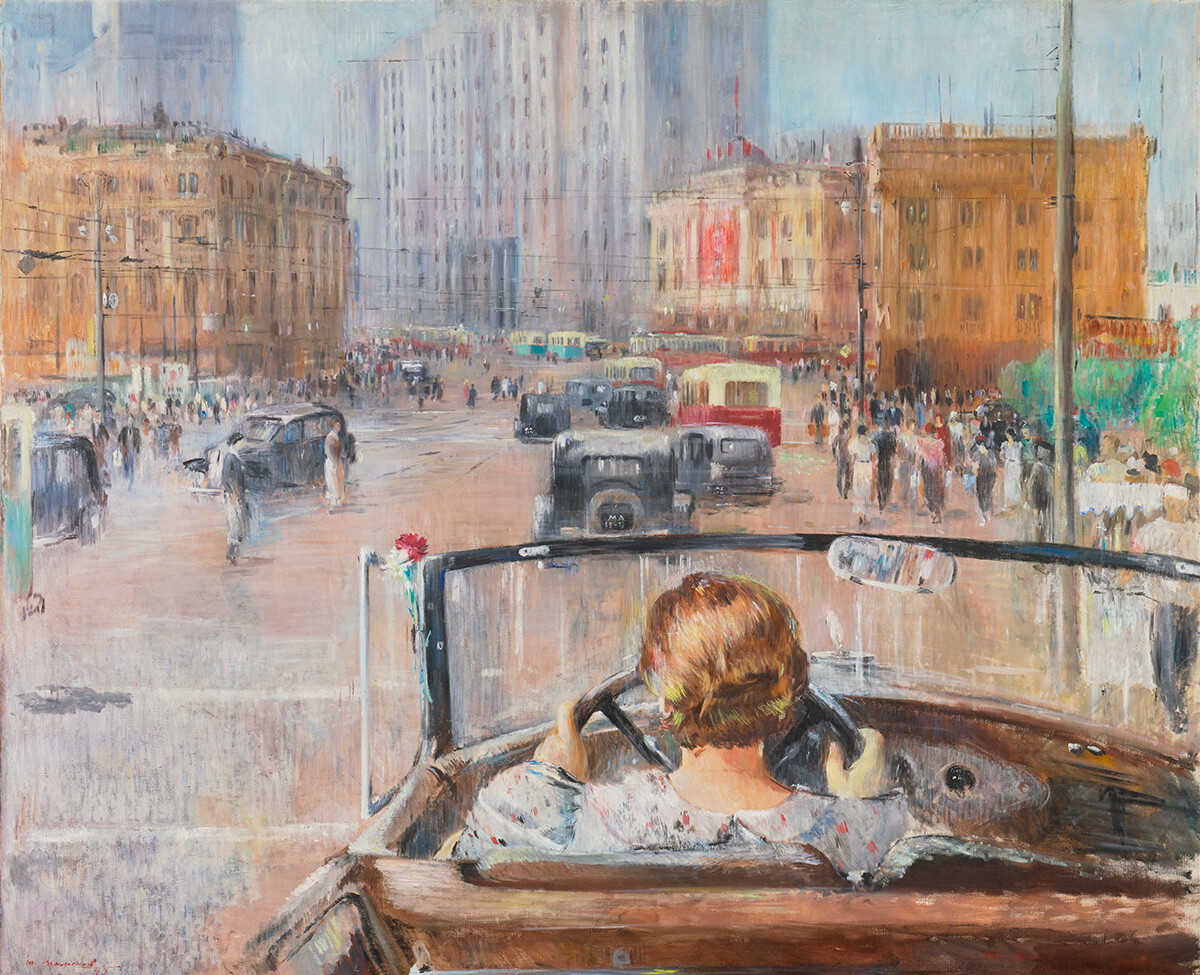
The work is a manifesto of the Socialist Realism genre (although the influence of Impressionism is still apparent). The artist glorifies the socialist system and life in the new Soviet state - and the new (rebuilt by Stalin) Soviet Moscow, with its broad avenues and monumental architecture.
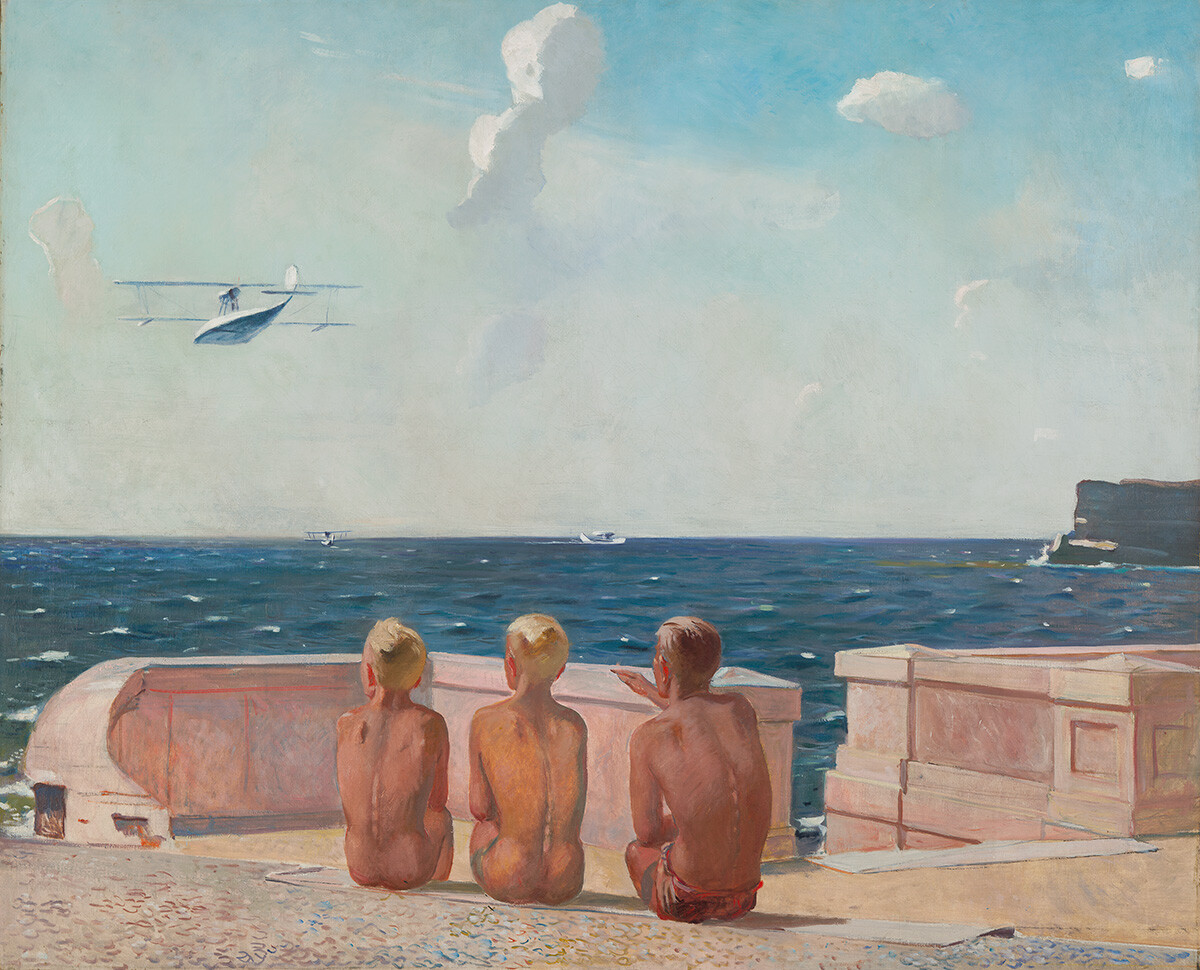
Carefree naked children sit in the sun after swimming and intently watch the flight of a hydroplane, discussing its trajectory and fantasizing how in the future they will fly one day. This painting in the genre of Socialist Realism is a metaphor for a beautiful future.
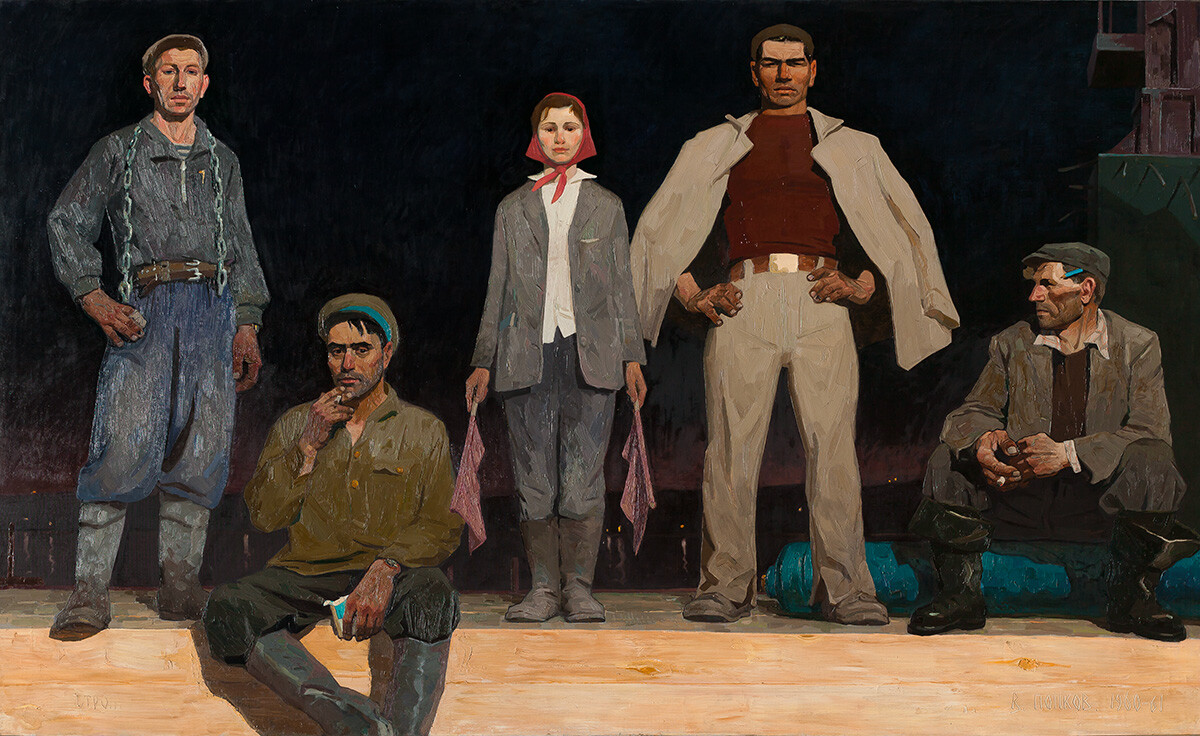
Popkov is an artist of a new generation, already a child of Soviet times. Despite the fact that this post-war painting was created during the period of Khrushchev’s ‘thaw’, the painting “Builders of Bratsk” is an example of the “severe style” that was typical for Soviet art in the 1950s and 60s. It depicts the builders of the Bratsk hydroelectric power plant (also glorified in Yevgeny Yevtushenko's 1965 poem).
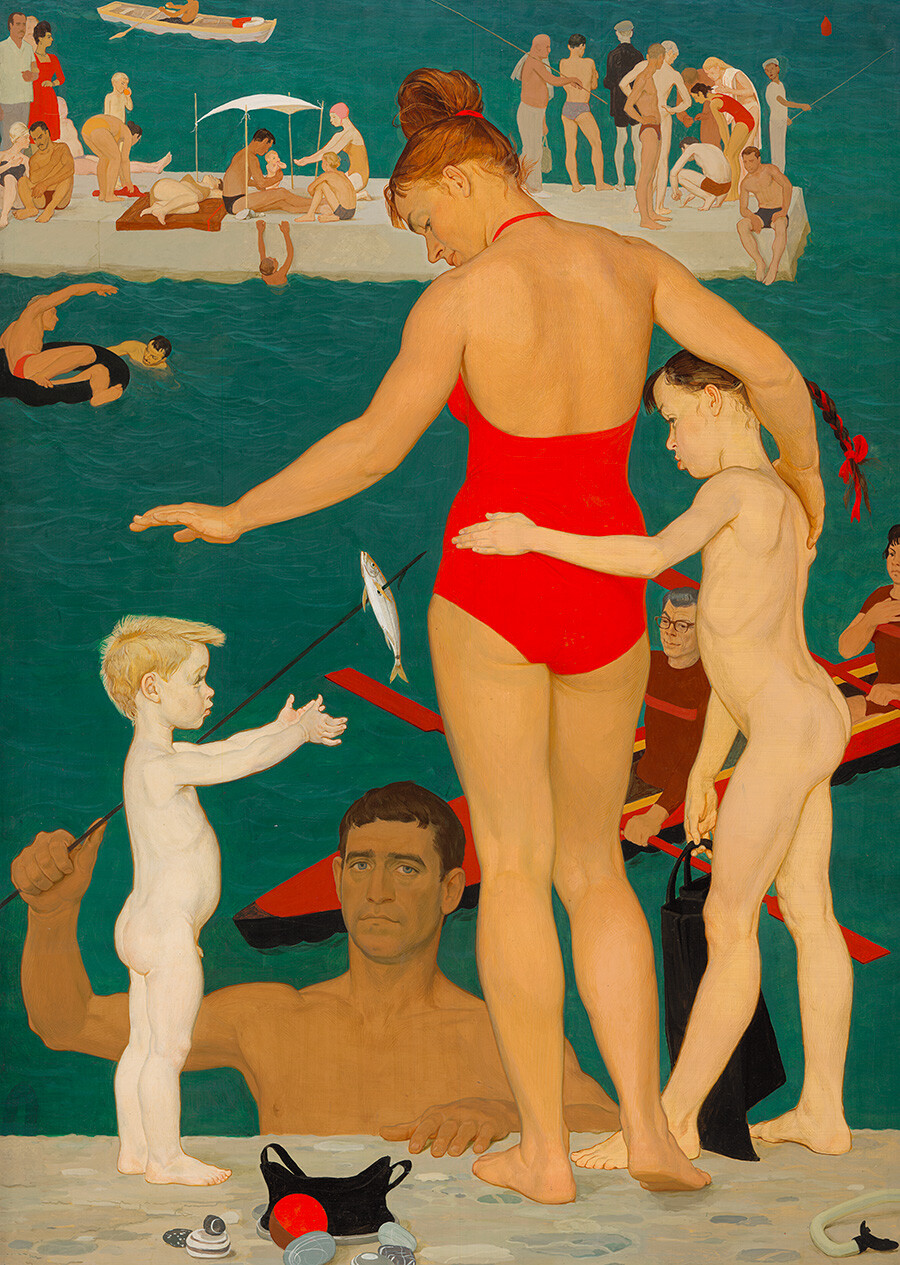
Zhilinsky is a vivid artist whose post-war works combine European Renaissance and ancient Russian iconography that he tries to interpret in the contemporary art language.
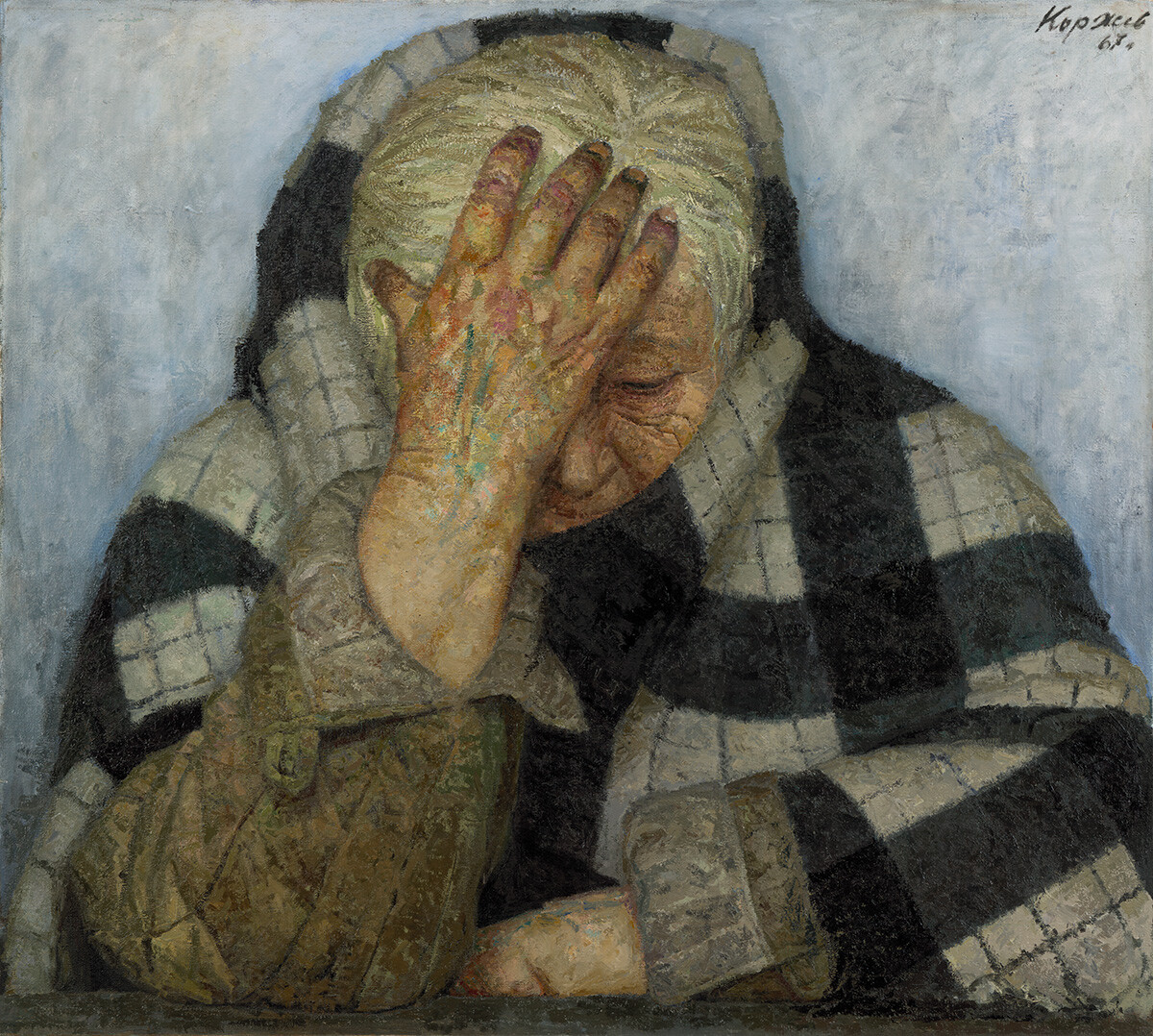
“We are a generation imbued with war. Some of us fought, some of us didn’t. But we were all brought up in this atmosphere,” Korzhev said. This is another representative of the “severe style,” whose paintings are rather minimalist in terms of expressive means, but sharp and saturated by drama.
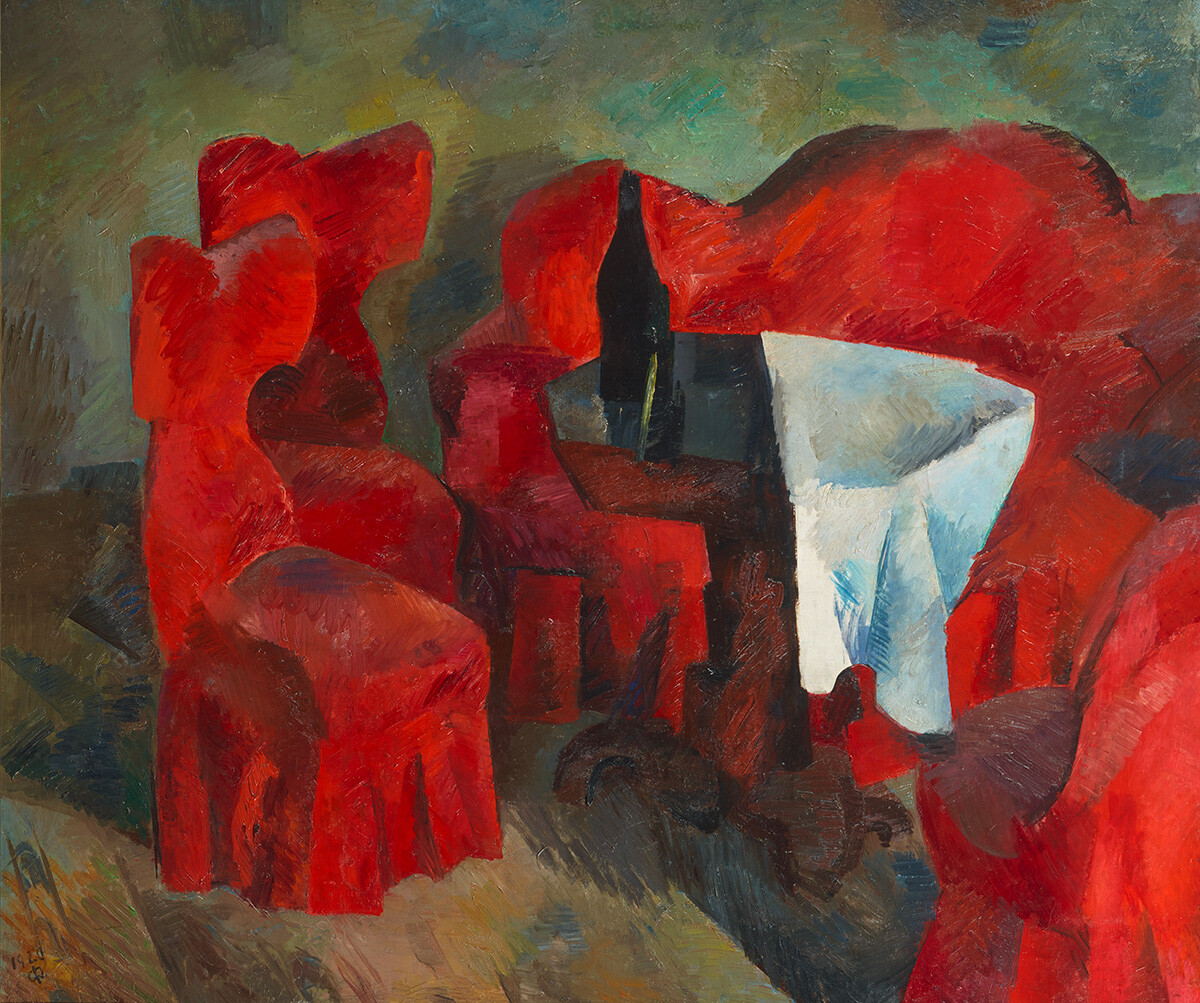
For many years Falk was on an artistic assignment in Paris and all his life he searched for his own original language, juggling Cubism, Impressionism, and Expressionism. He was considered the first Avant-garde artist who did not stray into Socialist Realism, but remained a bridge to freedom and experimental thought.
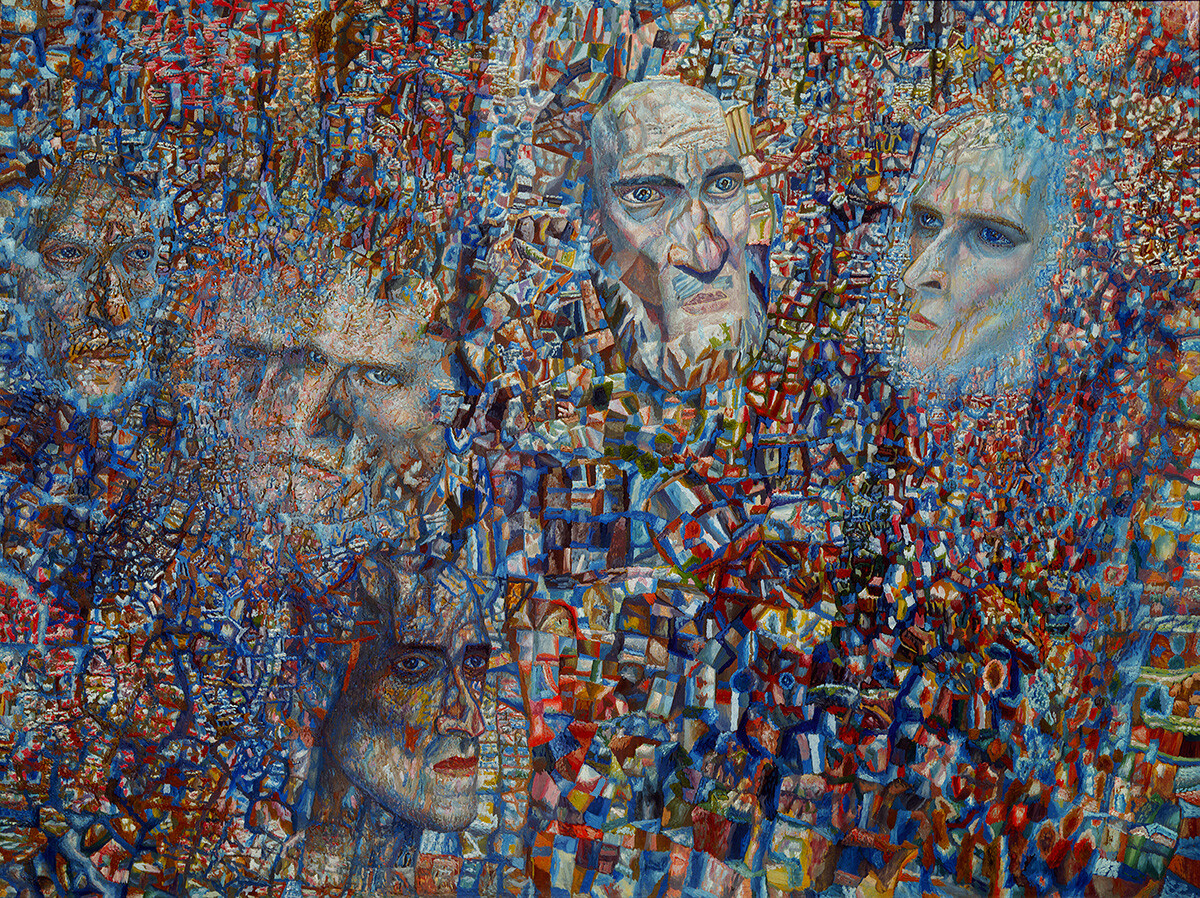
Filonov was an enigmatic master of the Russian Avant-garde who created many micro-worlds of his own. On the canvas, the heads seem to shine through from within a world composed of tiny particles.
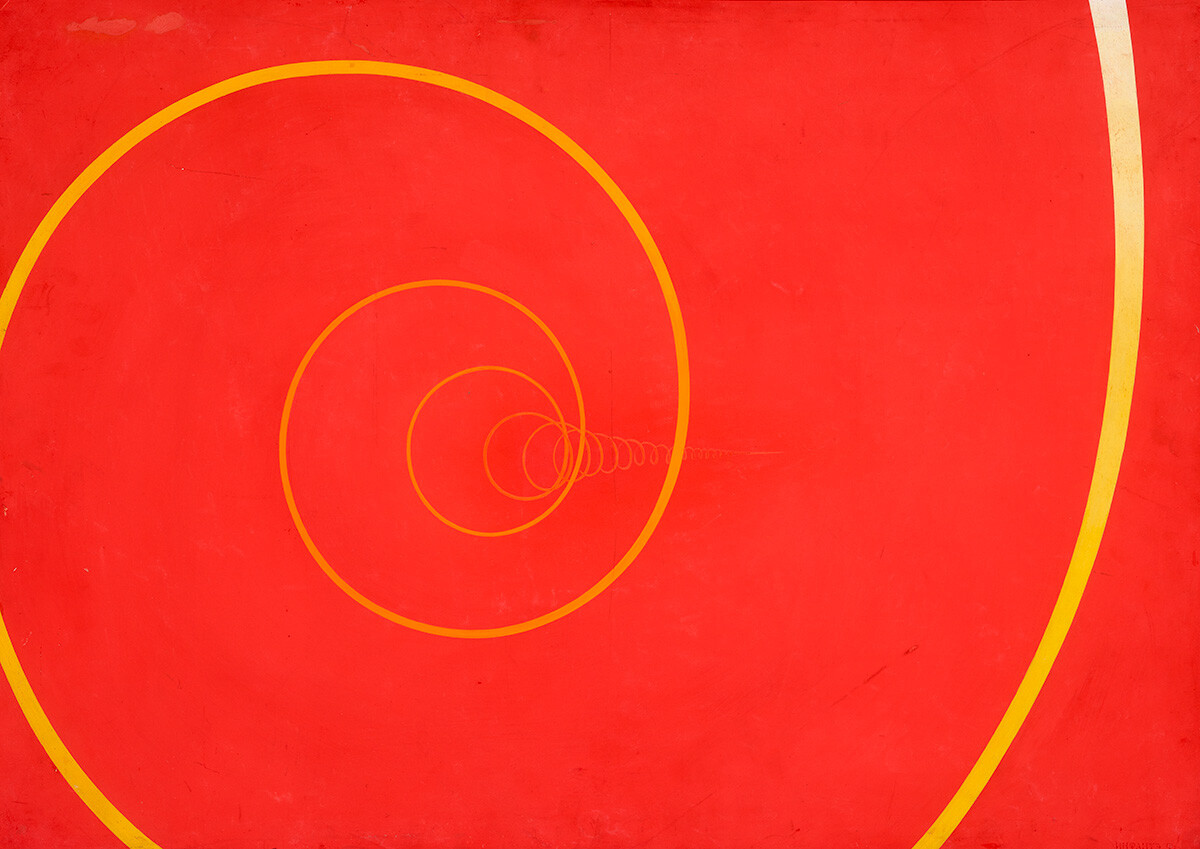
The son of a Spanish political emigrant, Infante Arana, was inspired by Malevich and Tatlin, and created his own abstract Geometricism. The artist has a whole series of different spirals that can be classified as Optical Art (op-art) - he creates an image that makes you do some unconscious movement. It is believed that he foresaw computer painting.
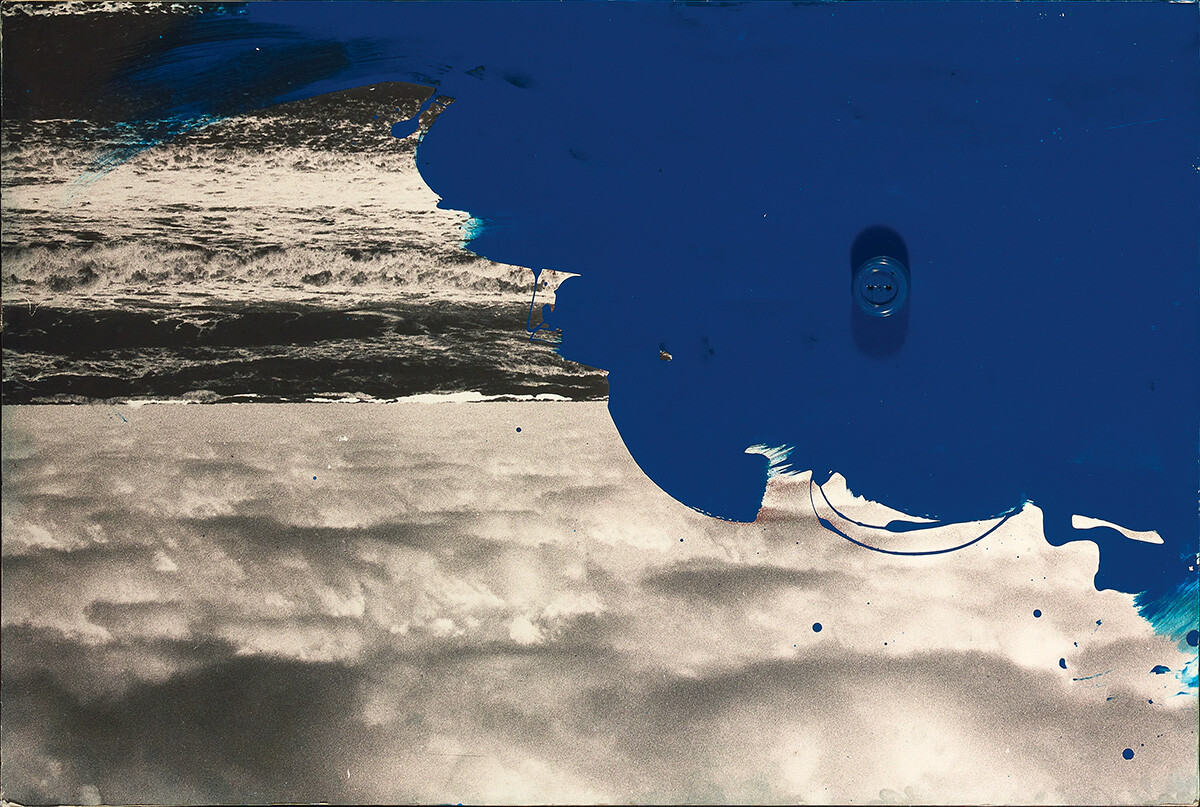
The Moscow Conceptualist Chuikov is especially known for his collages, as well as window landscapes (some were painted directly on real window frames). The main idea in many of his works was to “crack” painting - using seemingly traditional means to obtain a conceptually new work of art. The method of fragmentation, as in this painting, is one of his favorite techniques.
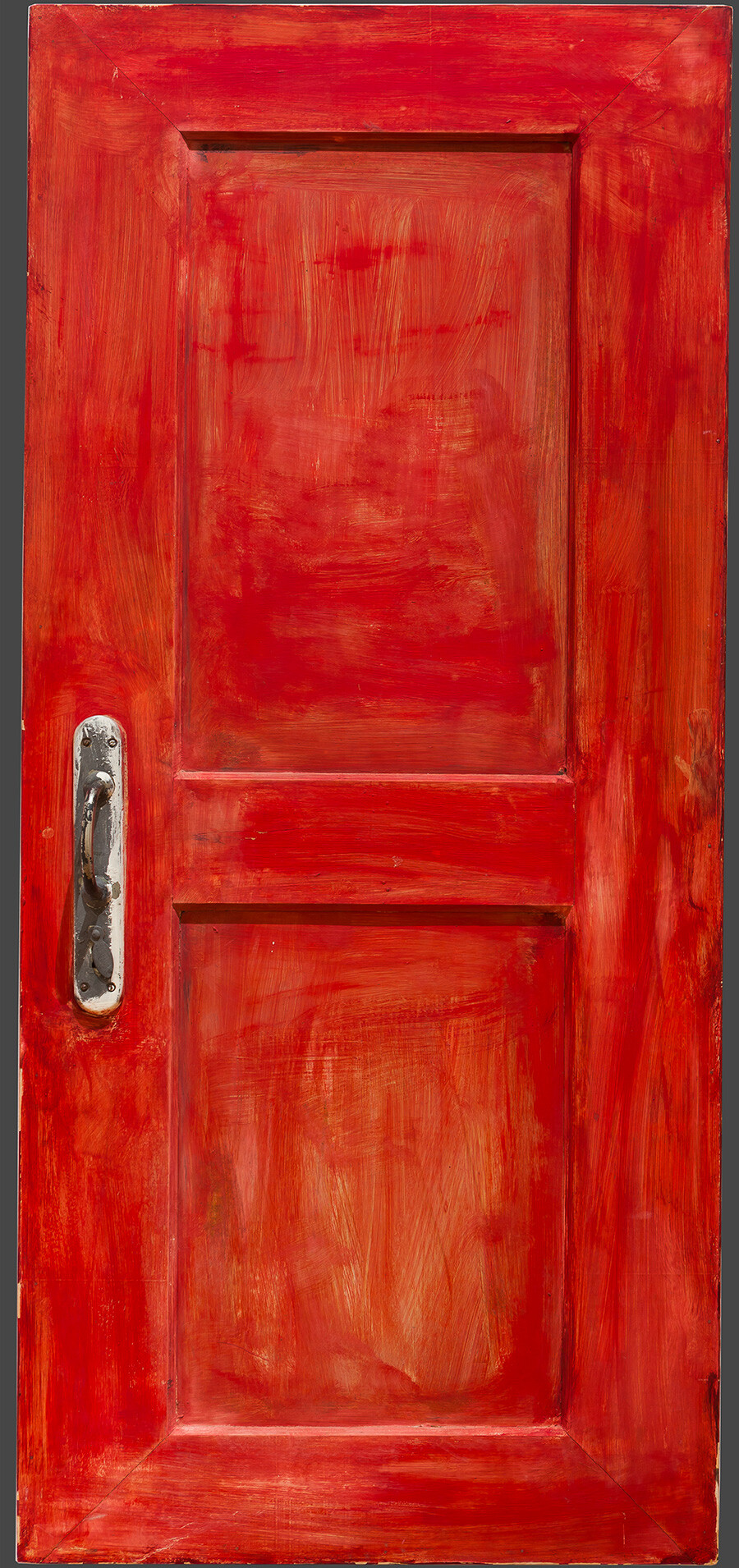
Mikhail Roginsky is an important artist of the second half of the 20th century, and he is even referred to as the father of Russian Pop Art. “The Red Door” is one of his most iconic works. Painted in 1965, it caused a storm of emotions among several generations of viewers. Is it a work of art or did the artist just draw a door and pass it off as a work of art? Mikhail Roginsky was clear in stating that : “It's not a door, but energy.”
Dear readers,
Our website and social media accounts are under threat of being restricted or banned, due to the current circumstances. So, to keep up with our latest content, simply do the following:
If using any of Russia Beyond's content, partly or in full, always provide an active hyperlink to the original material.
Subscribe
to our newsletter!
Get the week's best stories straight to your inbox